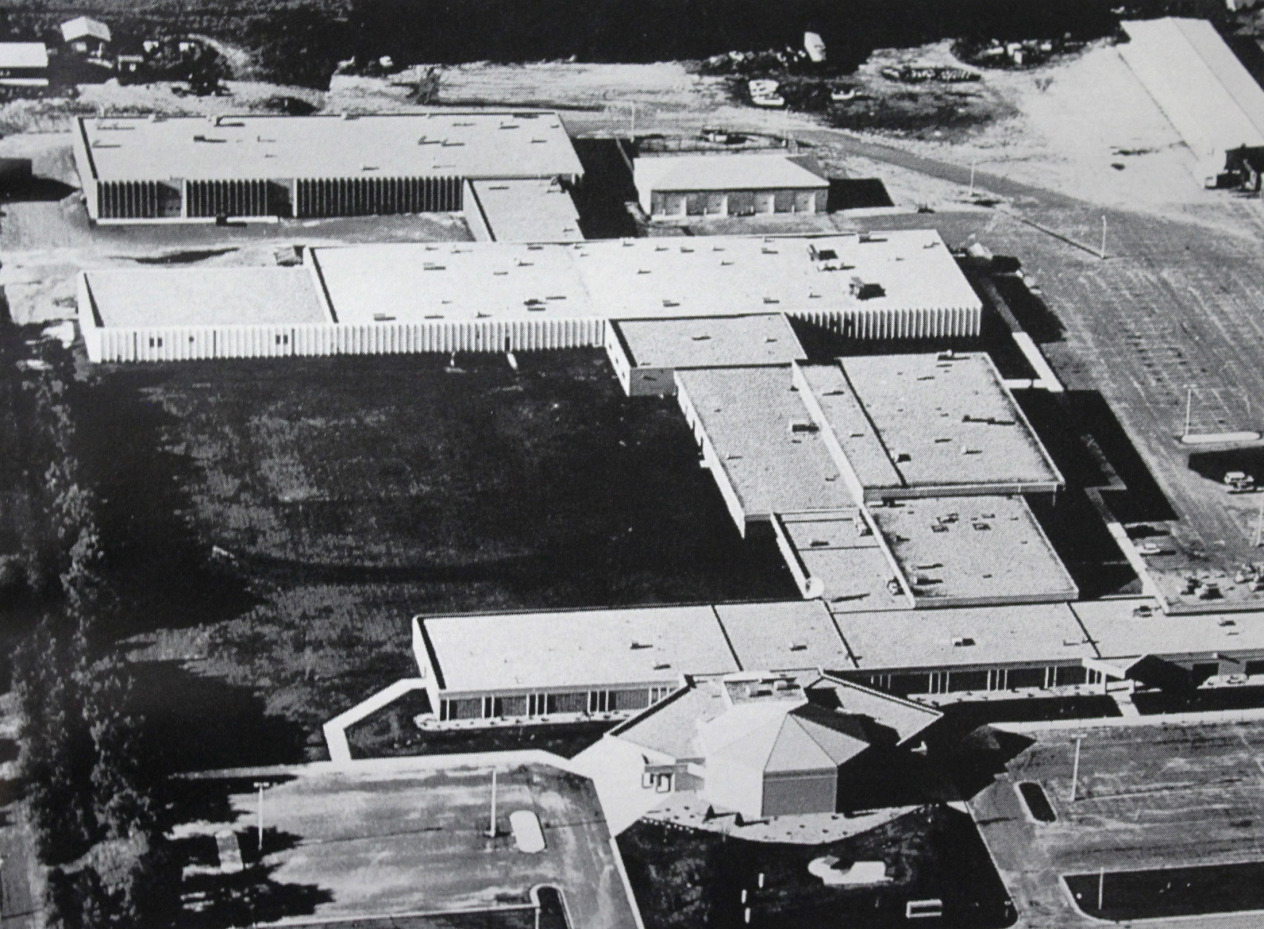Title
Course Descriptions
Body
Sections
Filters
Credits:
3 (3/0/0)
Meets MnTC Goal Areas 6 and 8. This course provides students an opportunity to read, discuss and analyze contemporary literature from around the world. The focus of the course is on fiction, although students may also be introduced to other contemporary world literature such as poetry, non-fiction and drama.
Credits:
3 (3/0/0)
Meets MnTC Goal Areas 2, 6 and 7. This course introduces students to children's literature. Students read and respond to diverse, traditional and contemporary texts. Emphasis is placed on reading, analyzing, interpreting and evaluating children's literature from various contextual frameworks, such as the development of the genre, cognitive development, censorship and depictions of family, race and gender.
Credits:
3 (3/0/0)
Meets MnTC Goal Areas 2, 6 and 7. This course introduces students to the enduring appeal of Young Adult Literature (YAL). Students will read and respond to diverse historical and contemporary texts. Emphasis is placed on reading, analyzing and evaluating YAL from various contextual frameworks, such as the development of the genre, critical perspectives, social issues and adolescent experiences.
Credits:
3 (3/0/0)
Meets MnTC Goal Areas 2 and 6. This course focuses on the study of poetry and poetic techniques through the lyrics of rock music. Specifically, the course will include studies of artists from the rock 'n' roll era (1950s through today).
Credits:
1 (1/0/0)
This course provides an overview of the construction industry and introduces the student to the duties and responsibilities of the construction professional. The emphasis of this course will be on the importance of the industry and career possibilities for successful students.
Credits:
2 (2/0/0)
The Introduction to Engineering course provides students with an overview of the field of engineering, introducing fundamental concepts, principles and methodologies that form the basis of engineering practice. This course aims to inspire students by exploring the various branches of engineering, fostering an understanding of the engineering design process, problem-solving techniques and the role of innovation in shaping the world. The course is designed to promote critical thinking, teamwork and effective communication skills – essential components for success in the engineering profession. This course aims to provide a foundation for students pursuing further studies in engineering disciplines, equipping them with the knowledge, skills and perspectives essential for success in the ever-evolving field of engineering.
Credits:
3 (3/0/0)
This course provides an introduction to the principles of mechanics, including equilibrium of particles and rigid bodies; distributed forces, centroids and centers of gravity; moments of inertia of areas; analysis of simple structures and machines; and various types of friction.
Credits:
3 (3/0/0)
This course introduces the theory and application of dynamics of particles and rigid bodies. Topics include the kinematics and kinetics of particles and rigid bodies (translational and rotational), principles of work and energy, and principles of impulse and momentum.
Credits:
3 (3/0/0)
This course provides an introduction to the study of stress, strain, deformation and failure of elastic bodies subjected to external forces. Topics include the relationships between the applied loads and the resulting stresses and deformations in an elastic body, stress-strain relations and the design of structural members subjected to known loads.
Credits:
1 - 3
This course is designed to provide students with a monitored meaningful work experience related to their field of interest. This experience will increase their employability and enhance their life skills. Completion of this course requires a written report and an evaluation from the student's supervisor. Each internship is an individualized experience, therefore this course is offered with variable credits and may be repeated up to two times. The student may choose from one, two or three credits as prearranged with the internship site supervisor and corresponding faculty. Each credit will require a minimum of 45 hours of on-the-job learning. This course will be graded pass/fail only.
Credits:
3 (3/0/0)
Building Information Modeling (BIM) is increasingly recognized as a best practice in construction, building design and related disciplines. BIM provides processes and technologies to improve productivity and efficiency in these industries. This course will provide the student an introduction to BIM concepts, terminology and application of best practices.
Credits:
3 (3/0/0)
This course covers the application of common geometric and trigonometric calculations related to the construction and manufacturing industries.
Credits:
3 (1/2/0)
This course introduces and develops basic skills in drawing, lettering, orthographic projection, sections and dimensioning. Students in this course will apply the basic fundamentals of pictorial drawing, including isometric, oblique, perspective, shade and shadow, and freehand sketching.
Credits:
3 (1/2/0)
This course covers the application of Windows software systems in coordination with AutoCAD software as well as general office equipment set-up and use.
Credits:
4 (4/0/0)
This course provides a general overview of the electric, gas and telecommunications industries. The course will cover fossil fuel and renewable energy sources for electric power generation, its history and projected needs for the future. The course also covers the natural gas utility from the ground to the consumers, its history and projected needs for the future. Also covered are the telecommunications industry and how the land phone and cell phone systems operate.
